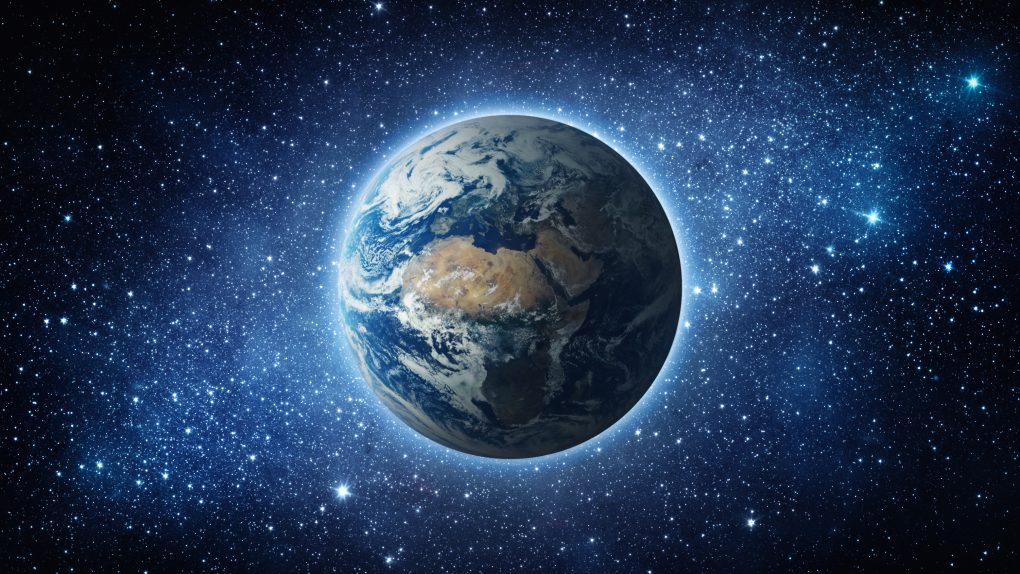Earth will not last forever. That’s a truth that astronomers have known for a long time. In fact, scientists are fairly positive they’ve determined when the Sun and Earth will die, sometime far in the future. However, a newly released study could give us a glimpse at Earth’s fate, as astronomers recently watched a star eat a planet.
As stars age, they run out of fuel, billowing out from their original size. When this happens, the star engulfs any matter that it crosses — including stars and planets. In the past, scientists have caught sight of stars just before — and even after — they consume entire planets. But they never caught a star in the act before… at least not until now.
According to a recent paper published in the journal Nature, scientists with MIT, Harvard University, and Caltech finally caught sight of a star while it devoured a nearby planet, getting a front-row seat to a preview of the Earth’s fate when the Sun eventually runs out of fuel and expands, swallowing the solar system.
“We are seeing the future of the Earth,” Kishalay De, a postdoc at MIT’s Kavli Institute for Astrophysics and Space Research, explained in a statement. De was one researcher that glimpsed Earth’s future fate while watching a star roughly 12,000 light-years away.
De and the others involved say they caught sight of the star growing nearly 100 times brighter over ten days. The brightness quickly faded, replaced by a longer-lasting and colder signal. Based on the estimated amount of energy released, the researchers didn’t believe it could be a supernova, or even two stars merging.
“That means that whatever merged with the star has to be 1,000 times smaller than any other star we’ve seen,” De explained. Based on those estimated measurements, the team deduced that the flash had to be caused by the star eating a small planet nearby, giving us a glimpse of Earth’s fiery fate.
Because of the energy released, the scientists believe the devoured planet was roughly the size of Jupiter, and as the planet fell into the star’s exposed core, the star ripped away its outer layers, settling into cold dust around the star over the next year. Scientists estimate that Earth will meet a similar fate some five billion years from now, falling into the Sun’s core as our star billows outward.








